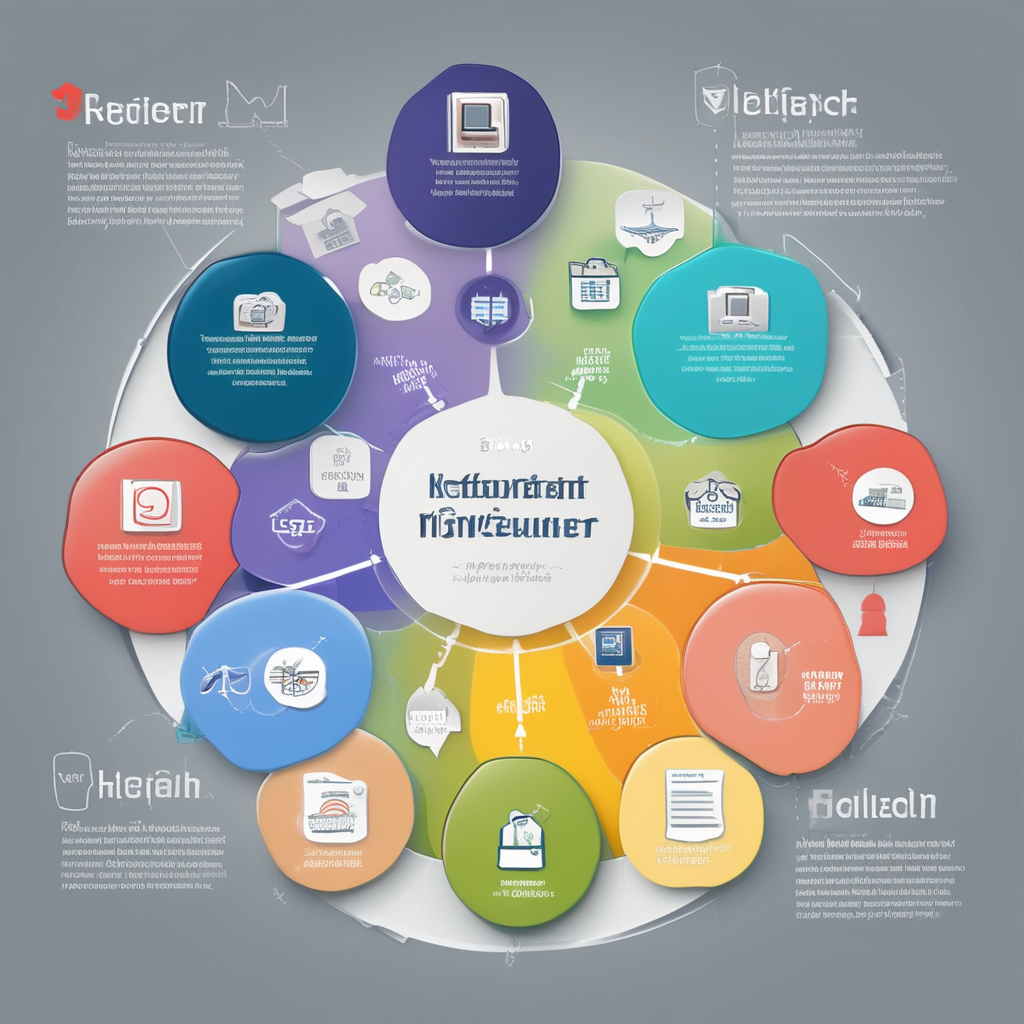Planning for retirement involves more than just saving money—it requires understanding the various types of retirement accounts available and choosing the right one for your financial goals. Each type of account offers unique features, tax benefits, and investment options. In this blog, we’ll break down the different types of retirement accounts, helping you make informed decisions to optimize your retirement savings.
1. 401(k) Accounts
Overview: A 401(k) plan is a popular employer-sponsored retirement account. It allows employees to save a portion of their salary before taxes are deducted.
- Traditional 401(k):
- Tax Benefits: Contributions are made pre-tax, reducing your taxable income for the year. Taxes are paid upon withdrawal during retirement.
- Contribution Limits: For 2024, you can contribute up to $22,500 per year, with a catch-up contribution of $7,500 if you’re 50 or older.
- Employer Match: Many employers offer matching contributions, which can significantly boost your retirement savings.
- Roth 401(k):
- Tax Benefits: Contributions are made with after-tax dollars, meaning you won’t pay taxes on withdrawals in retirement, provided certain conditions are met.
- Contribution Limits: Same as traditional 401(k), $22,500 per year with an additional $7,500 catch-up contribution if you’re 50 or older.
- Employer Match: Contributions are matched by the employer, but the match goes into a pre-tax account.
SEO Keywords: 401(k) Accounts, Traditional 401(k), Roth 401(k), Employer Matching Contributions
2. Individual Retirement Accounts (IRAs)
Overview: IRAs are individual retirement accounts that offer tax advantages for retirement savings.
- Traditional IRA:
- Tax Benefits: Contributions may be tax-deductible, reducing your taxable income. Taxes are paid on withdrawals during retirement.
- Contribution Limits: For 2024, you can contribute up to $6,500 per year, with a $1,000 catch-up contribution if you’re 50 or older.
- Income Limits: Deductibility may be limited based on income and participation in an employer-sponsored retirement plan.
- Roth IRA:
- Tax Benefits: Contributions are made with after-tax dollars, and qualified withdrawals are tax-free.
- Contribution Limits: Same as Traditional IRA, $6,500 per year with a $1,000 catch-up contribution if you’re 50 or older.
- Income Limits: Eligibility to contribute phases out at higher income levels.
SEO Keywords: Traditional IRA, Roth IRA, IRA Contribution Limits, Roth IRA Eligibility
3. SEP IRA (Simplified Employee Pension)
Overview: SEP IRAs are designed for self-employed individuals and small business owners.
- Tax Benefits: Contributions are tax-deductible, reducing taxable income. Taxes are paid on withdrawals in retirement.
- Contribution Limits: For 2024, you can contribute up to 25% of your income or $66,000, whichever is less.
- Flexibility: Contributions are made by the employer, and there’s no requirement for annual contributions.
SEO Keywords: SEP IRA, SEP IRA Contribution Limits, Self-Employed Retirement Plans
4. Simple IRA (Savings Incentive Match Plan for Employees)
Overview: SIMPLE IRAs are another option for small business owners and self-employed individuals.
- Tax Benefits: Contributions are tax-deductible, reducing taxable income. Taxes are paid on withdrawals during retirement.
- Contribution Limits: For 2024, you can contribute up to $15,500 per year, with a $3,500 catch-up contribution if you’re 50 or older.
- Employer Contributions: Employers are required to make either matching contributions or a fixed percentage contribution.
SEO Keywords: SIMPLE IRA, SIMPLE IRA Contribution Limits, Employer Contributions SIMPLE IRA
5. 403(b) Accounts
Overview: 403(b) accounts are similar to 401(k) plans but are available to employees of public schools, certain tax-exempt organizations, and some ministers.
- Tax Benefits: Contributions are made pre-tax, reducing your taxable income. Taxes are paid on withdrawals during retirement.
- Contribution Limits: For 2024, you can contribute up to $22,500 per year, with a catch-up contribution of $7,500 if you’re 50 or older.
- Special Catch-Up Contributions: If you have 15 years of service with the same employer, you may be eligible for an additional catch-up contribution.
SEO Keywords: 403(b) Accounts, 403(b) Contribution Limits, Tax-Exempt Retirement Plans
6. 457(b) Plans
Overview: 457(b) plans are offered by state and local government employers and some non-profit organizations.
- Tax Benefits: Contributions are made pre-tax, reducing your taxable income. Taxes are paid on withdrawals in retirement.
- Contribution Limits: For 2024, you can contribute up to $22,500 per year, with a catch-up contribution of $7,500 if you’re 50 or older.
- Special Catch-Up: The 457(b) plan also allows for a special catch-up contribution in the three years leading up to retirement age.

